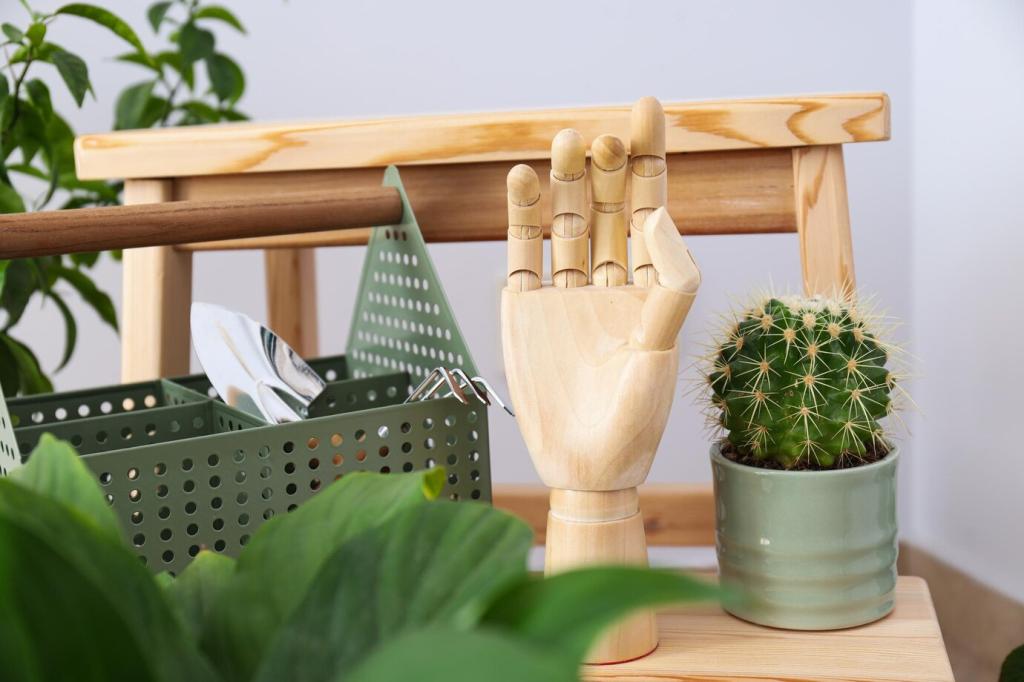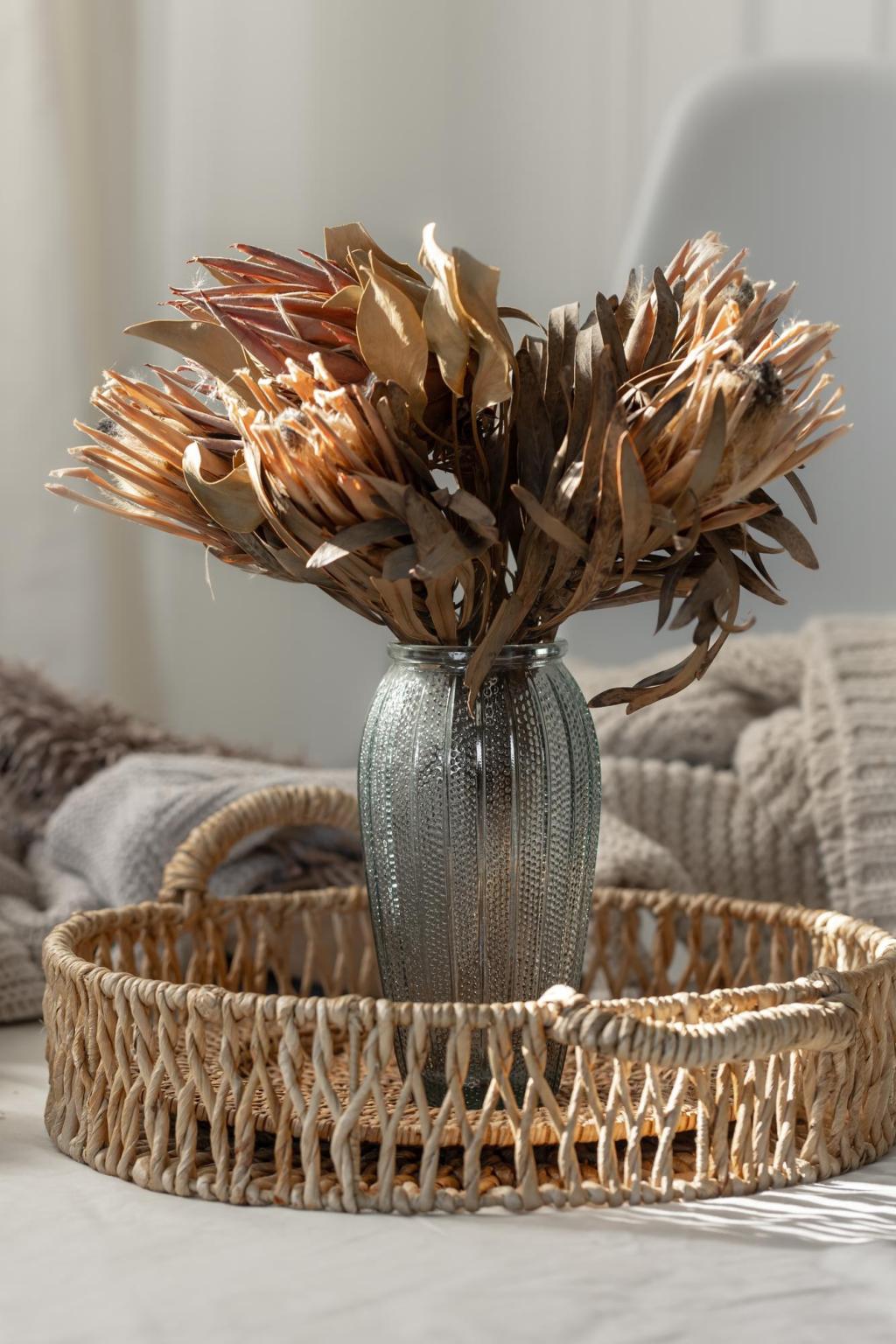Health and Indoor Air Quality
Volatile organic compounds evaporate into indoor air; conventional coatings can off-gas for weeks. Many natural coatings are very low in VOCs, though citrus solvents can raise levels. Ventilate well, test samples, and always follow safety data sheets for your chosen product.
Health and Indoor Air Quality
Even natural ingredients can trigger reactions for some people, especially proteins or essential oils. Use sample boards, sniff tests, and small patches before committing. Share what worked for you, and help others with similar needs navigate choices confidently and comfortably.





